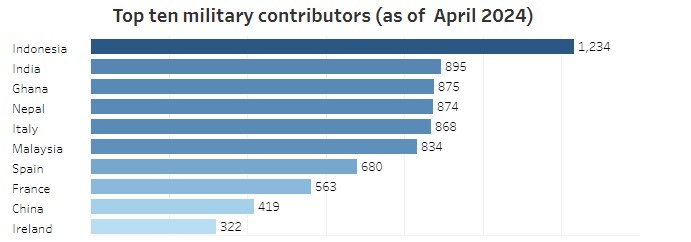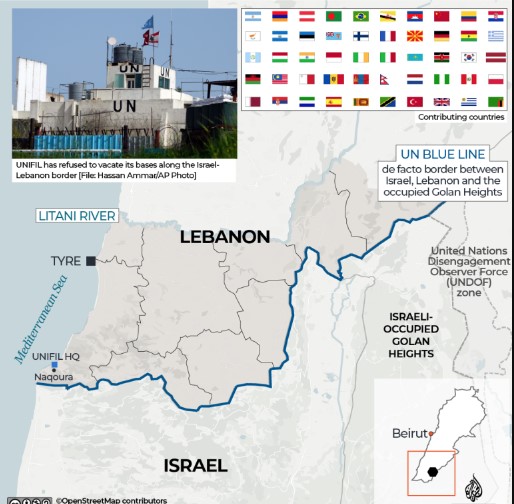A 75-year-old man from Kerala who recently travelled to Vietnam and Cambodia diagnosed with the bacterial disease murine typhus.
Both Murine and Scrub Typhus share overlapping symptoms, while Scrub Typhus caused by Orientia tsutsugamushi is generally more severe and widespread in the Asia-Pacific region.
References
Dragon drones have been used in the recent Russia-Ukraine War.
References
Recently two members of a UN peacekeeping mission, operating along Lebanon’s border with Israel were injured.


References
The Central Drugs Standard Control Organisation (CDSCO) has met safety, efficacy, and quality indicators for a functional vaccine regulatory system by the World Health Organization (WHO).
Reference
New Indian Express | Central Drugs Standards Control Organization
The central government has given its in-principle approval to develop the Kaimur Wildlife Sanctuary (KWLS) into Bihar’s 2nd tiger reserve.
Reference